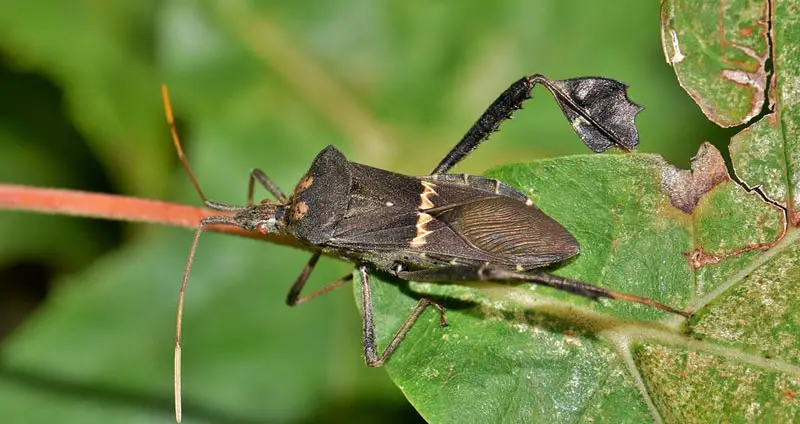Bugs are seemingly everywhere and don’t hesitate to climb on any surface. Floors, tables, walls, and ceilings are all fair game for these creatures.
What happens if they fall, though? Are they free to walk on all surfaces without a care in the world, or are they risking their lives every time they climb up to eye-level with you?
Surprisingly, bugs may be more hardy than you thought.
Table of Contents
Do Bugs Take Fall Damage?
No, most bugs don’t take any fall damage, and this is largely due to their small size.
Bugs aren’t heavy enough and don’t fall fast enough to experience damage while falling. Most bugs can theoretically fall for miles and still be fine.
Now, there are some exceptions to this, though. Once bugs reach a certain time, their chances of survival plummet.
So, why exactly do most bugs not take fall damage?
Why Are Most Bugs Immune?
There are two main factors that help keep insects safe from fall damage, and they both have to do with that bug’s small size.
Specifically, a bug’s weight and its air resistance both help it to survive extremely high falls onto the hardest surfaces possible.
To elaborate a bit more on this, we’ll need to turn to physics and math. Don’t worry, I’ll keep it simple.
Square-Cube Law
The square-cube law states that as a shape grows in size, its volume (all the stuff inside of it) grows more than its surface area (its visible external size).
So, for example, let’s say we have a bug that’s 1 inch in length. If we then increase the size of that bug to 10 inches in length, its surface area will be about 100 times bigger and its volume would be about 1000 times bigger.
(If the bug was a perfect sphere, it would have exactly 100 times more surface area and 1000 times more volume.)
So what this means is that when the size of an animal grows, its weight grows by a lot more.
A 1-inch-long bug would be small in size and also have very little weight. So, when it hits the ground, it will hit it with much less force, resulting in a safe fall.
However, a 3-inch-long bug could weigh 100+ times more than that 1-inch bug and not survive the fall, despite it only being 3 times as long.
Low Terminal Velocity
Terminal velocity is how fast an object will fall when dropped from a high distance. An object will keep falling faster until the drag on it (air resistance) equals gravity’s pull on that object, at which point it stops accelerating.
Most bugs are extremely small. And, because of this small size, they weigh very little. So, bugs have very low terminal velocities, meaning that they don’t hit the ground at a fast speed.
This lower speed and their low mass means that they don’t hit the ground with much force at all.
While insects are much weaker than, say, a human, and less force is needed to injure them, they hit the ground with several magnitudes of force less than a human would.
What Bugs DO Take Fall Damage?
There are 8 orders of magnitude when it comes to a living creature’s size. These range from:
- Bacteria
- Mites
- Ants
- Mice
- Dogs
- Humans
- Elephants
- Blue Whales
These creatures are just given as examples, but they accurately represent the different size ranges that life exists in.
Generally speaking, any creatures ranging from orders 1-3 should go undamaged when falling from any height. Between orders 3 and 4, though, is when things become uncertain and dangerous.
For example, there are many spiders that can fall from indefinite heights and come out unharmed. Grass spiders or black widows are good examples of this. Even wolf spiders would likely be fine.
However, some spiders start to get too large and weigh too much to survive these falls. Tarantulas, for instance, weigh between 30 g and 200 g (not including dwarf species).
These dense, larger creatures are extremely susceptible to fall damage. Even just a 2-foot drop onto a hard surface can prove to be fatal for these bugs, which is why handling isn’t recommended.
There are many other bugs that just start to pass the threshold of “small enough”. This size, combined with weaker limbs or fragile insides, could definitely result in substantial fall damage.
This can range from grasshoppers to beetles to cockroaches.

